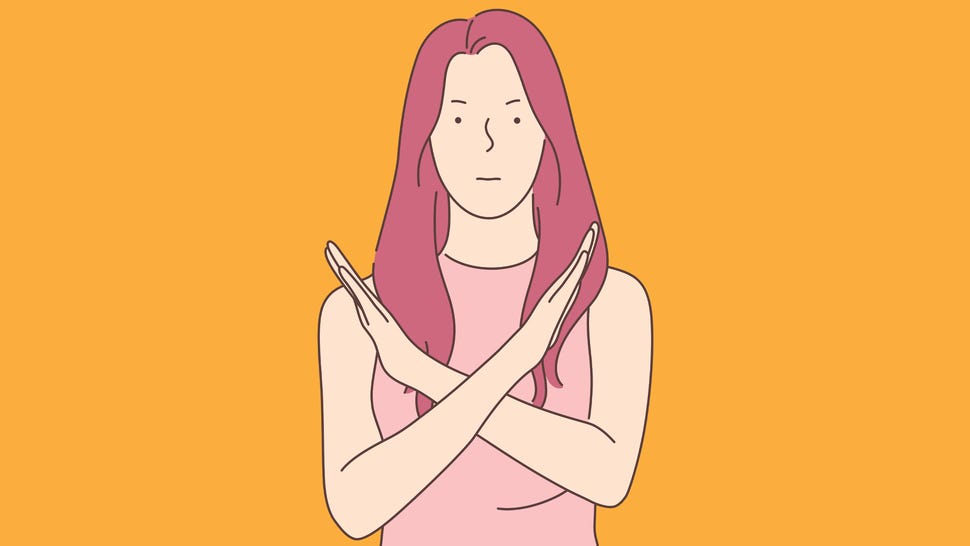Lines and veils, and other RPG safety tools, open up tabletop roleplaying for everyone
Ensuring comfortable, collaborative creativity around the table.
One of the things that made me most nervous about starting to play Dungeons & Dragons was the concept of ‘the rules’. A brief attempt at playing with some school friends aged around fourteen had left me with the confused impression that everything had to be carefully checked against a series of imposing tomes. A little more time and experience, and a patient and generous DM, quickly put paid to that misapprehension. What I realised was that rather than checks and saving throws being imposing strictures, they were above all a way of creating a story together, of finding a way to navigate through the worlds we were creating.
I’ve been thinking recently about the importance of - and perhaps, misapprehensions around - another set of ‘rules’. I’m talking here about lines and veils, a system to ensure that players and DMs experience a safe environment while they play.
Put simply, a line is something which will never come up as part of a campaign or session, while a veil ensures that whilst an action or event might take place, this will happen ‘off-screen’: mentioned in passing, but not dwelled on in detail and not a significant part of any plot or encounter. They were first developed by Ron Edwards in Sex and Sorcery, a supplement to his RPG Sorcerer, in which he discusses a number of scenarios involving sex, how they might be handled in different ways and how they might affect the players around the table.
Lines and veils are not fixed points, but are, crucially, ongoing.
Although lines and veils began as a way of thinking about how to handle explicit content in games, this is not their only function. What is classed as a line or a veil is down to each set of players, though the DM will typically list standard lines such as detailed violence, sex, assault and so forth. Sometimes they may assign a campaign a film rating to give the party an idea of the kinds of content that might be coming up, and players will then add to this list depending on their particular needs and preferences.

So how does this all work in practice? For me, it’s been very helpful to discuss lines and veils in the context of a Session Zero - a session before the campaign begins when players get together to create and introduce their characters, and to learn a little more about each other and what the game might hold. Lines and veils can be as general or specific as each player desires. They are discussed so that everyone can be aware of them and understand how the world will work, never to be questioned or interrogated. Additionally, after the session and at any point afterwards, players can contact the DM to add to the list, or make specifications or alterations to existing ideas.
Researching this piece, I spoke to Dr. David Bowe, an experienced player and DM, to get a DM’s perspective. Echoing Jennifer Kretchmer, Bowe made the valuable point that lines and veils are not fixed points, but are, crucially, ongoing - that often in the course of play and just in life more generally, ideas and trigger-points come to light which the players or the DM don’t want to see at the table that session.
It’s the nature of imaginative roleplaying to put yourself into situations which you might never have imagined, and it might well be the case that you find yourself surprised by your reactions. In a recent campaign, our plucky band of adventurers found themselves in a cave. As we stumbled into the cavern, we realised that it was guarded by an enormous centipede. I haven’t ever really considered myself to be someone who had an issue with bugs, but something about imagining this creature absolutely horrified me, and I found myself feeling really alarmed and disgusted by what we’d encountered. “Draw a veil?” suggested a fellow player. And play continued.
Knowing that there’s a robust system of lines and veils in place when I play has given me the freedom to be vulnerable.
Like many other people, I’ve started playing D&D during the pandemic. I’ve found that playing online in this way has allowed me to be entirely present, focusing only on the game we’re playing and the faces I see on my screen. Knowing that there’s a robust system of lines and veils in place when I play has given me the freedom to be vulnerable, to put my whole self into the game. While my paladin gnome can experiment, can make mistakes, can change his mind, I can play knowing that the person I am when the session ends isn’t going to have a heavy emotional burden to shoulder.
The word ‘fantasy’ comes in a roundabout way from Greek, meaning ‘to make visible, to appear’. By making visible our limits, our boundaries, we can craft a truly collaborative, immersive world.










